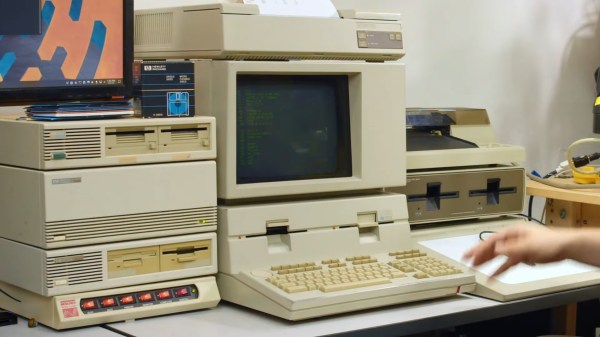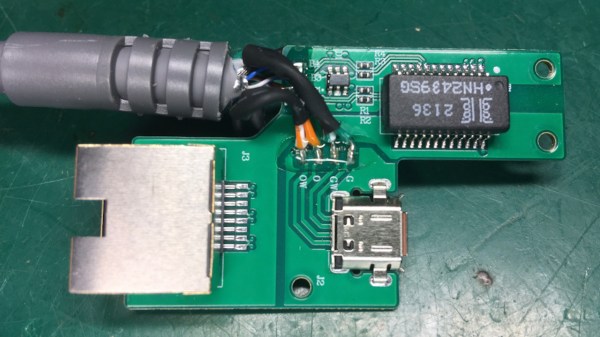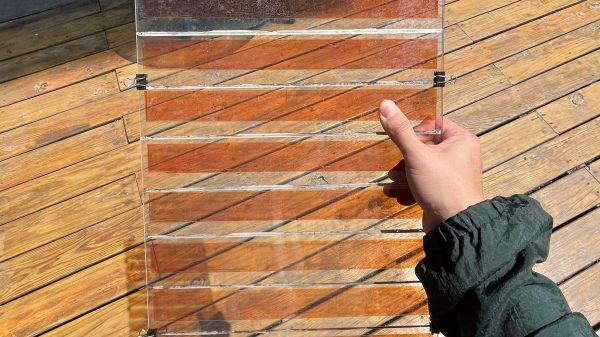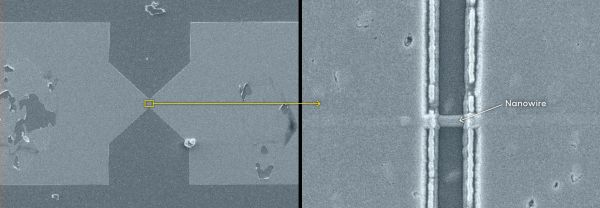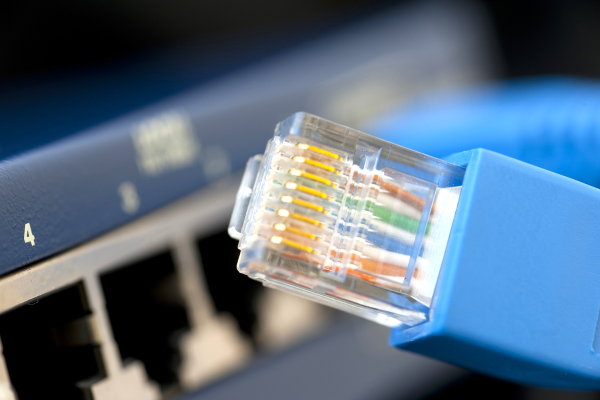Nothing screams retrocomputing quite like floppy drives. If you want to preserve some of your favorite computing memories like that paper you wrote about the joys of the Information Superhighway, [Shelby] from Tech Tangents has a detailed dive into how to preserve the bits off those old floppies.
Back in the day, the best way to get data off an old drive was to fire up an old computer. Now, with new devices specifically designed for harvesting data off of old floppies like the KryoFlux and the Greaseweazle, you can get the full flux map of the disk. With this, you can build binary image files and actually pull files and duplicate disks from vintage systems.
Some systems, like PCs, Macs, and Commodores are well-understood and are simple to preserve, while others take quite a bit of work to figure out. [Shelby] walks us through some of the more common disk formats as well as some real oddballs like Microsoft Adventure which features inconsistent formatting as a form of early DRM (boo).
Want to do your own preservation? We’ve covered a couple different methods in the past.
Continue reading “Flux Is Your Friend For Archiving Old Floppy Disks”

